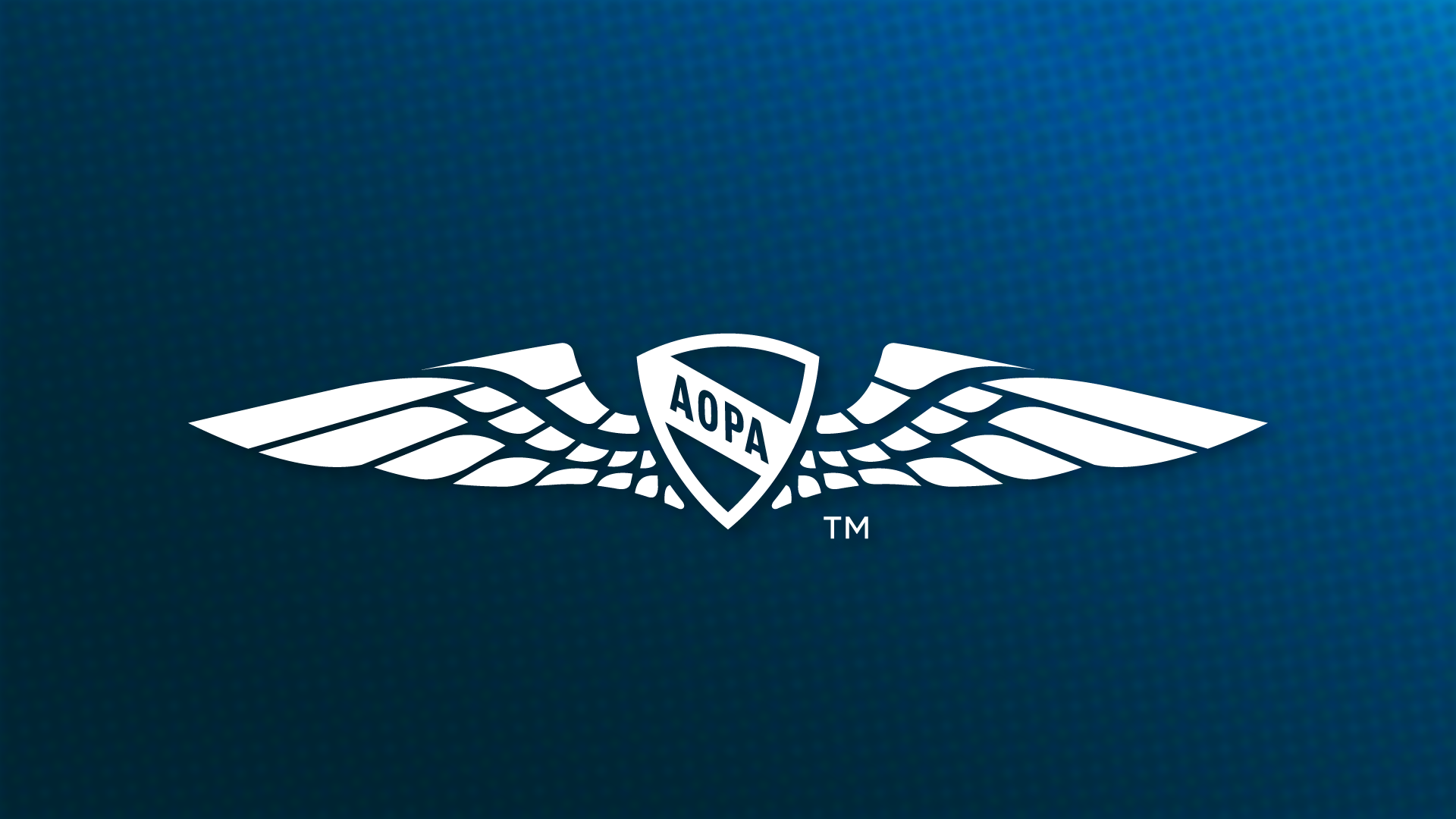If you are one of the many pilots who experiences an abnormal event while your aircraft’s engine is running (whether in flight or on the ground), be sure to have the aircraft inspected and signed off by a certified mechanic before operating the aircraft again. The failure to do so could result in scrutiny and, potentially, dire consequences from the FAA.
After experiencing an abnormal event, the FAA has been known to question that aircraft’s airworthiness until inspected and signed off by a certified mechanic. After all, the aircraft likely was not certificated to operate with the abnormality present, so how can one be sure the aircraft is airworthy if not inspected? Under FAR 91.7, “[n]o person may operate a civil aircraft unless it is in an airworthy condition” and the PIC of an aircraft must “discontinue the flight when unairworthy mechanical, electrical, or structural conditions occur.” Additionally, under FAR 91.403(a), “[t]he owner or operator of an aircraft is primarily responsible for maintaining that aircraft in an airworthy condition ….” Accordingly, FAA could consider your operation of an aircraft when its airworthiness is questionable to be a violation of FAR 91.7 and 91.403.
If you think it’s unlikely FAA would learn of such a minor occurrence, don’t be so certain. Generally speaking, a report of any “occurrence” observed by air traffic control is forwarded to the FAA, and FAA may then follow up. The FAA defines an “occurrence” as “[a]n abnormal event, other than an incident or an accident.” Common “occurrences” we see generate follow up from the FAA include rejected takeoffs, turn-backs, non-weather-related diversions, and engine roughness. Almost any event during a flight which is other than run-of-the-mill, and which is observable by ATC, could be considered an occurrence. In its Order 8900.1, FAA mandates that occurrences “must be investigated to determine their impact on safety of operations.”





